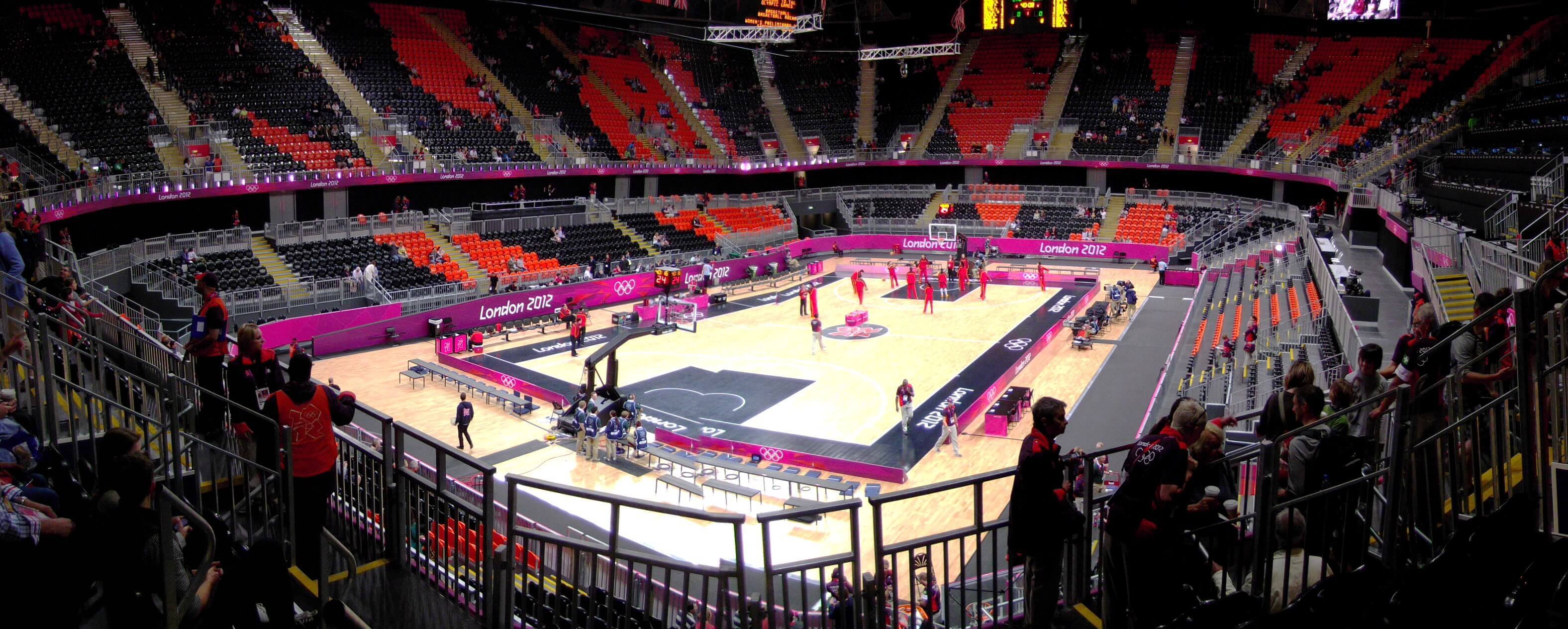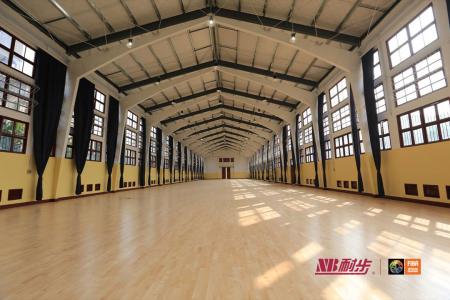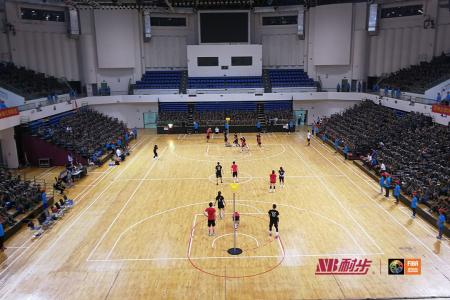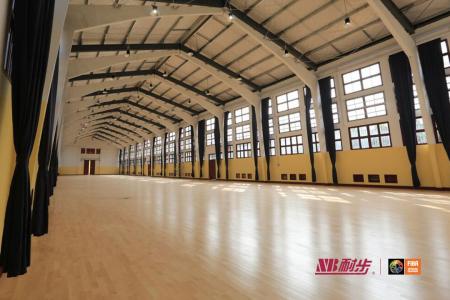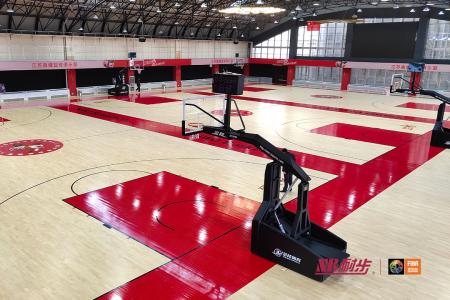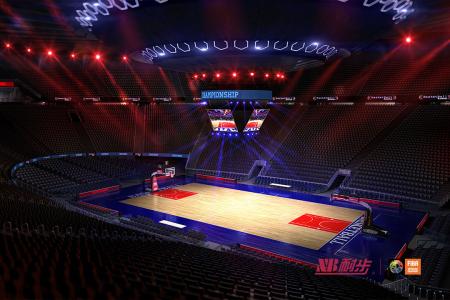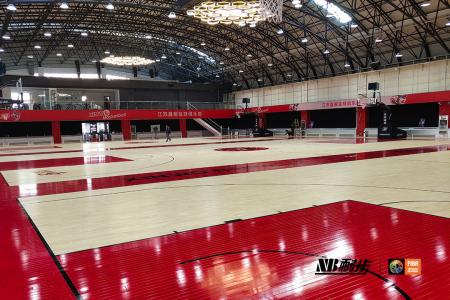Analysis of the performance standards of badminton wooden flooring: creating an ideal venue for professional competitions

Badminton is a very challenging sport that requires athletes to have extremely high flexibility and responsiveness, and the quality of the venue directly affects the performance and safety of the sport. Especially when choosing sports wood flooring, the scientificity and rationality of performance standards are crucial. This article will discuss in detail the performance standards of badminton wooden flooring to help coaches, athletes and venue managers better understand and choose suitable wooden floors to enhance the sports experience.
1. Basic performance requirements of badminton wooden flooring
1. Elasticity and resilience
- The elasticity of badminton wooden flooring should be moderate, and it must be able to It provides athletes with good landing cushioning, reduces the risk of joint injuries, and ensures quick rebound ability to support high-intensity competition needs. According to the standards of the International Badminton Federation (BWF), the elasticity of sports wood flooring should be controlled within a certain range, usually a deformation rate of 1.5%-2% is ideal.
2. Friction coefficient
- The friction coefficient of sports wood flooring directly affects the walking and sliding safety of athletes. A floor that is too smooth may cause athletes to slip, while an excessive friction coefficient will affect the athlete's acceleration and turning. The friction coefficient suitable for badminton is generally between 0.4 and 0.6. This standard can ensure the balance between stability and flexibility of athletes during rapid movement.
3. Robustness and wear resistance
- Badminton courts often withstand high-intensity use, so the flooring materials need to have good durability and wear resistance. Usually, high-quality wooden floors should be specially treated to effectively resist wear and scratches, while ensuring that they are not easily deformed or damaged during long-term use.
4. Moisture resistance
- In rainy and humid environments, wood is prone to moisture expansion, which affects the performance of the floor. Therefore, badminton wooden flooring should have good moisture-proof properties, and the selected wood and surface coating must have high moisture resistance, so as to maintain its stability and service life.
5. Environmental protection
- With the improvement of environmental awareness, many venues are now paying attention to the environmental performance of sports wood flooring, including whether it contains harmful substances and whether it uses renewable materials, etc. . High-quality sports wood flooring should comply with relevant environmental standards to ensure that it will not affect the health of athletes during use.
2. International Standards and Structural Design
In order to ensure the performance of badminton wooden floors, the International Badminton Federation (BWF) has set a series of standards. These standards include floor thickness, number of layers, type of wood used, surface finishand other key elements.
1. Wood selection
- Commonly used badminton wood floor materials include maple, beech, oak, etc. These woods are often chosen for their excellent elasticity, strength and wear resistance. Maple is currently the most common choice because it is both hard and has good resilience, providing support for athletes during high-speed movements.
2. The structure of wooden floors
- Generally speaking, high-quality sports wooden floors are composed of multiple layers. At least a three-layer structure can effectively increase its stability and load-bearing capacity. Usually, the upper layer is made of selected high-quality wood, the middle layer is made of high-density fiberboard (HDF), and the bottom layer is a moisture-proof layer, forming a good moisture-proof design. This multi-layer structure can not only improve the wear resistance of the floor, but also adjust the elasticity of the floor.
3. Surface treatment
- Surface treatment is an important step to ensure the performance of wooden flooring. The use of high-strength coatings can effectively improve the waterproof and wear-resistant properties of the floor, while also increasing the anti-slip effect. Commonly used coatings are polyurethane coatings and acrylic coatings, both of which have good toughness and wear resistance.
3. Maintenance and management of badminton courts
The maintenance of sports wooden floors is crucial to maintaining their performance. Reasonable management strategies can significantly extend the service life of the floors.
1. Regular cleaning and maintenance
- Regular cleaning of dust and dirt in the venue is the basic work for maintaining sports wood floors. Professional cleaners should be used when cleaning, and greasy cleaners should be avoided to avoid affecting the friction performance of the floor. A thorough cleaning should be carried out at least once a week to ensure that the 운동 venue is always clean and tidy.
2. Proper humidity and temperature control
- Maintaining appropriate temperature and humidity in badminton courts is crucial to the health of wooden floors. Generally speaking, the temperature should be maintained at 18℃-24℃, and the humidity should be controlled between 40%-60% to avoid deformation and damage of wooden floors caused by extreme weather.
3. Avoid stepping on heavy objects
- When using in venues, try to avoid heavy objects sliding directly on the floor, let alone engage in some strenuous activities to avoid scratching the floor surface. or dented. Venue managers should establish rules for venue use and ensure that athletes comply with them.
4. Regular Inspections and Maintenance
- Regularly inspect wooden floors for damage, moisture and other problems that may affect performance. Once problems are discovered, they should be repaired in time and the damaged parts should be replaced to maintain the excellent competitive condition of the venue.
4. Summary
The performance standards of badminton wooden flooring are an important basis for ensuring athlete safety and competition quality. By understanding the requirements in elasticity, friction coefficient, wear resistance, moisture resistance and environmental protection, we can provide comprehensive guidance for the establishment and maintenance of badminton courts. future, whateverWith the development of science and technology and the continuous updating of materials, the performance standards of badminton wooden flooring will continue to be improved, providing a better competition environment for more athletes.
Whether it is a professional arena or an ordinary badminton enthusiast, you should pay attention to the selection and maintenance of the floor to make every badminton match a fun and exciting experience.

